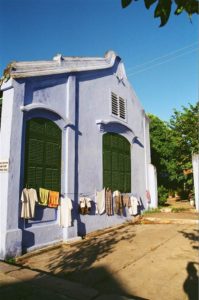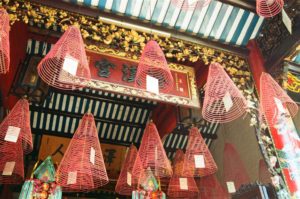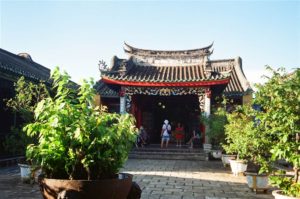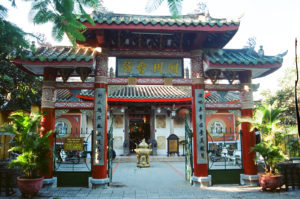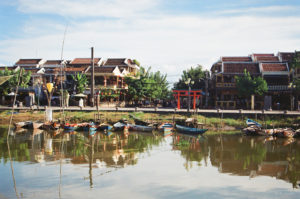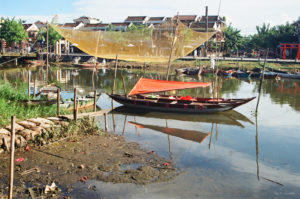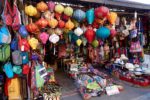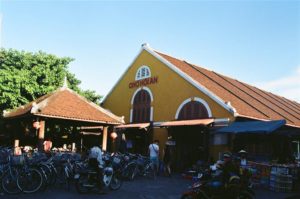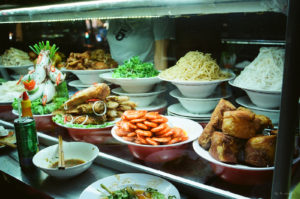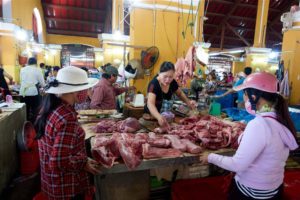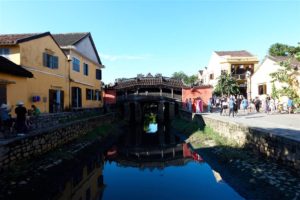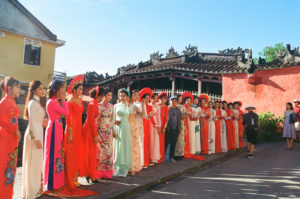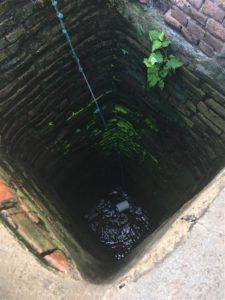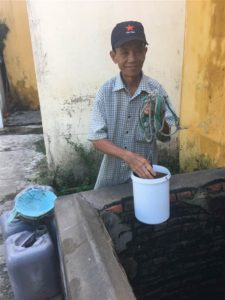Beyond Pho – Hoi An
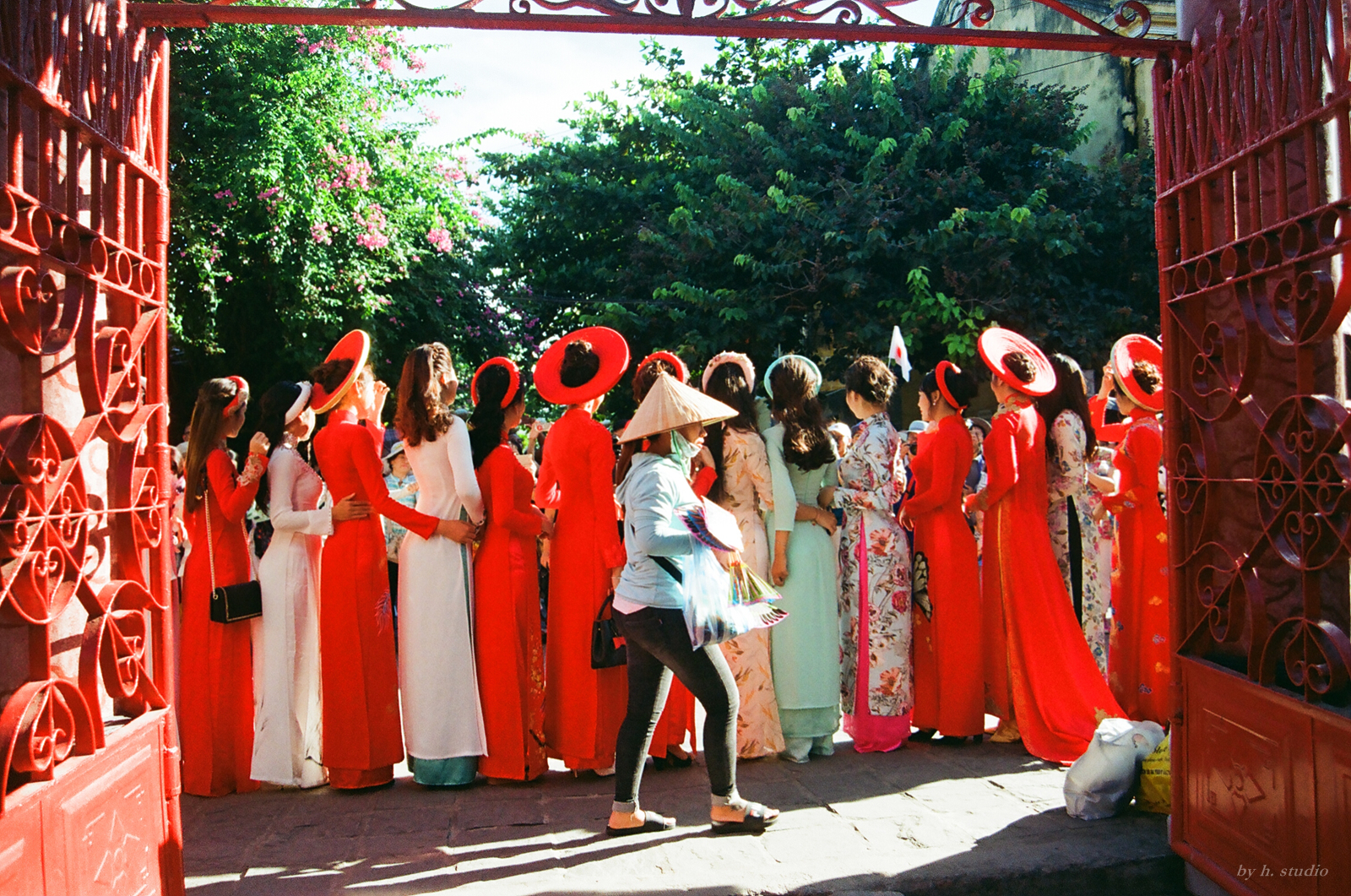
Between the 2nd to the 10th centuries, Hoi An was a bustling seaport of the Champa Kingdom. Both My Son and Hoi An within its bounds, the Quang Nam province once belonged to the Champa King. A dispute arose between the Champa kingdom and Vietnam broke out, and between the 14th and 15th centuries Hoi An was the bone of contention. Vietnam claimed that a former Champa King has granted this area to Vietnam as gift for his marrying of a Vietnamese princess. His successor refused to honor the terms, thus causing a century-long fight.
Peace finally came. Beginning in the 15th century, Hoi An became an international trading port that thrived by the Thu Bon River. This encouraged the presence of the world’s trading nations in Hoi An, including the Japanese, Chinese, Dutch, Portuguese, Spanish, Indians, British, French, American and more.
The Chinese and Japanese traders were particularly prominent in Hoi An. They have left a presence by the many beautiful structures that stand to this day. Ancestral halls, temples, traders’ assembly, and all kinds of infrastructures are testaments to the city’s roots as a trading port and the international character that followed. Indeed, these structures are well-preserved as the UNESCO has decreed some eight hundred historical buildings in Hoi An as protected heritage.
The Thu Bon River was Hoi An’s life line. Until the late 19th century, when it silted. Hoi An’s fate thus turned upside down as the sea and river entries to trading closed. Danang then rose in its place as the preeminent trading port.
Hoi An’s long history and its cultural heritage was significant and apparent to both sides to the American War in Vietnam. As such, it remained intact during the war. Whereas the My Son Ruins nearby was largely destroyed.
Mid-autumn festival was around the corner. Hoi An’s old town was bustling with festivity. People adorn the shops and the streets with colorful lanterns, which are the symbols of full-moon celebration. Perhaps it had to do with the town’s trading past (silk was very much sought after two centuries ago); or perhaps it was a lucrative business from tourism, Hoi An’s streets had a remarkable presence of tailors and handicrafts.
Hoi An’s local life seemed to gravitate toward the Cho Hoi An Market. As compared to the many other similar markets I have been in Vietnam, Cho Hoi An was a notch cleaner than most. The scenes of sales were no less engaging, however, as the haggling between foreigners and local traders made the din that signaled vibrant business. Fruits, veggies, Vietnamese sausages, baguettes, name it and you will find it here.
As its name suggests, the Japanese Covered Bridge was a mark of the Japanese community in Hoi An. The Japanese built this bridge in the 1590s in order to gain access to the Chinese quarters across the stream. The bridge was small. Its petite arches over the stream seemed to comport perfectly with the subtleties of Japanese culture.
The Ba Le Well was famous for providing the water for making the famous Hoi An Cao Lao noodles. It claimed to be the source of water for all of Hoi An’s cao lao noodles. It has its ancient origin from Cham times. For centuries, the elderly people would make a trip daily to the well to fill their pails. Well, this seems to hold true to this day. We met an old man at the well. He took a pail and showed me, and I took sips from this sweet water, the water of life for Hoi An.
It wouldn’t be surprising that the Bale Well Restaurant was very close to the well, as its name suggests. When we sat down, the waitress laid down a full array of food under the set menu, the only option for diners. From pancakes to condiments, from barbecued pork skewers to generous handfuls of herbs, from rice paper wrap to white coffee, all in mouthwatering presentation and portion. No, we did not wait to say bon appetit. We dug in right away.
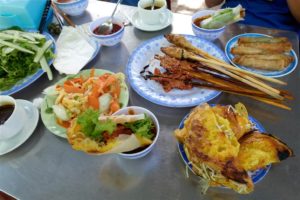
In this very sunny afternoon we ran into a beauty pageant parade. A host of beautiful Vietnamese women dressed in their traditional ao dai’s and posed for pictures. We thought they followed us as we saw them at every spot that we stopped. I told my young handsome companion that he ought to introduce himself and take one of them home. He mumbled something that sounded like a comment of disdain.
With that, I would have to render this beautiful image of the flowing ao dai’s in my memory.
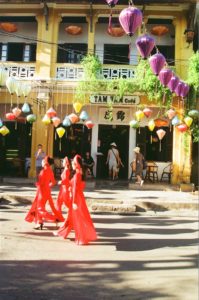
Sources:
The historical descriptions of Hoi An in this entry came from the Lonely Planet: Vietnam (2014).
The historical descriptions of the Ba Le Well came from the Lonely Planet: Ba Le Well, Hoi An.

